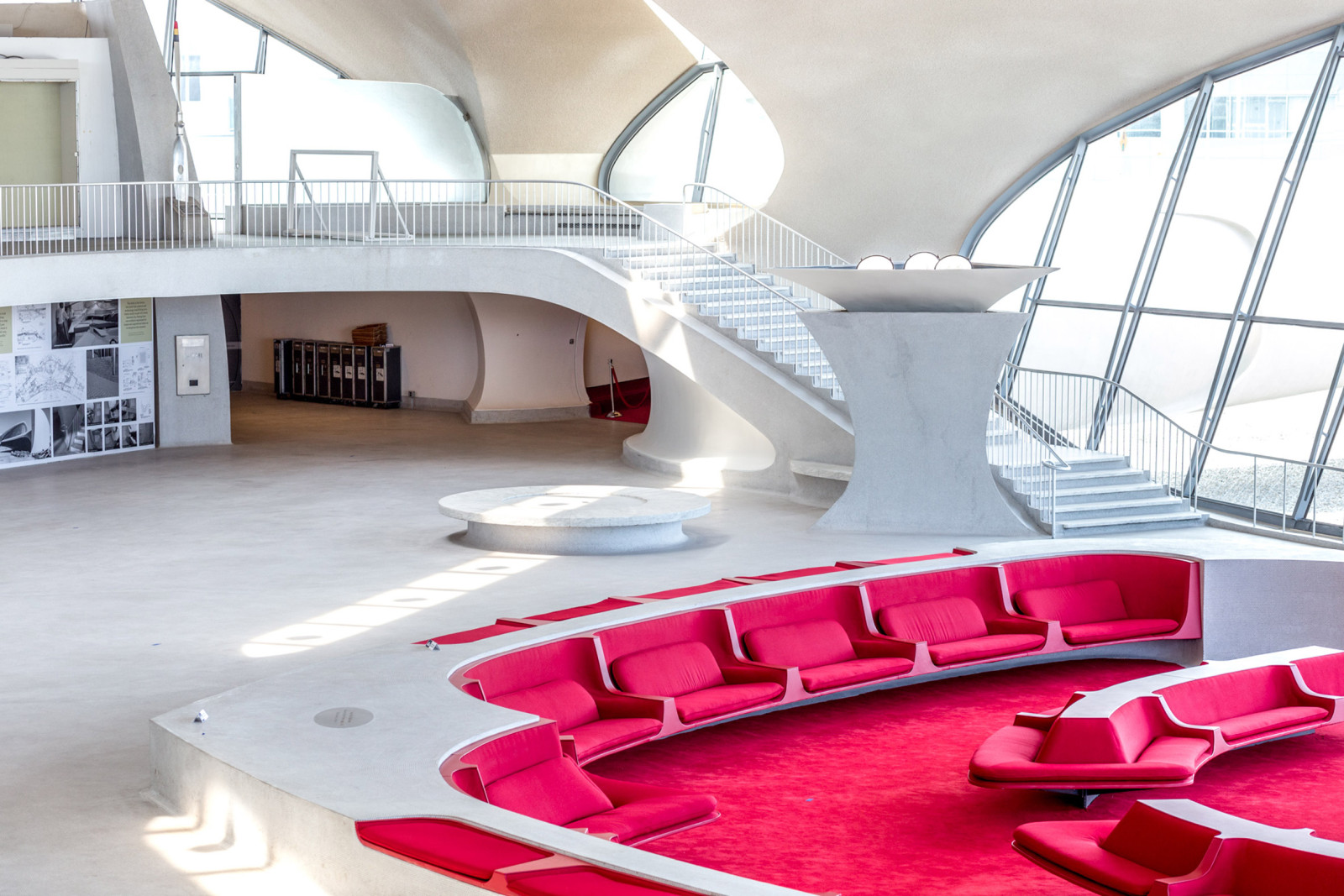Top 5 tips for residential development signage
Having worked on quite a few apartment signage projects, and other residential signage, we’ve found there are a number of issues to be considered beyond what most designers and sign makers might think. Here are our top 5 considerations.
Published at:

Apartment buildings are quite different to other kinds of projects when it comes to signage.
Having worked on quite a few apartment signage projects, and other residential signage, we’ve found there are a number of issues to be considered beyond what most designers and sign makers might think. The over-riding concept is that sign design needs to respect that these are semi-private spaces, where people live.
With that in mind, here are the things to consider.
Minimise wayfinding
Wayfinding is awesome in a hospital or airport. A suite of signs to get you where you’re going when you’re not thinking. But it’s not always appropriate or necessary, and in a home, it’s totally redundant. The users are there every day. Authentic visitors have a personal connection with the inhabitants or building manager.
People will find their way through apartment number signs, the architecture, and artworks and other features. No one wants to live in an airport! Probably…

Address all the regulatory requirements
Increasingly, apartment buildings in Melbourne are very large, and incorporate all kinds of features. Along with that are the ever changing regulatory requirements for access and safety. The trick here is to sign everything within the requirements, but still allow the place to feel somewhat residential. This can be done with visual design and a working understandig of what’s needed.
Treat it like a home
To drive this point home, at a design level, use materials, graphic elements, and font selections which feel at place in a home. That doesn’t mean it needs to be old-fashioned, on the contrary, most apartment buyers in Melbourne favour contemporary design. Also, consider that the buyer has chosen this place as their home partly because of the architectural style, so drawing on shapes, colours, materials and ideas used in the architecture with appropriate signs will help them feel at home.
Use durable materials and processes
Homes see a bit of action, with pets, kids and removalists all taking their toll. Some builders may push for lower price solutions, but in our experience most clients, and many builders see the value on a more durable solution.

Integrate with architecture and interior design and artworks
As I alluded to in point 3, integrating with architectural style helps to make signage feel at home. But beyond that, great signage will find ways to collaborae with architecture and artwork. For example, ingenious, remarkable letterboxes could be designed using the sign designer’s typographic and industrial design skills, and the architect’s inherent understanding of spaces.
So there you have it: our top 5. We’re seeing a lot of residential building work in Melbourne at the moment, and that means a lot of apartment signage.